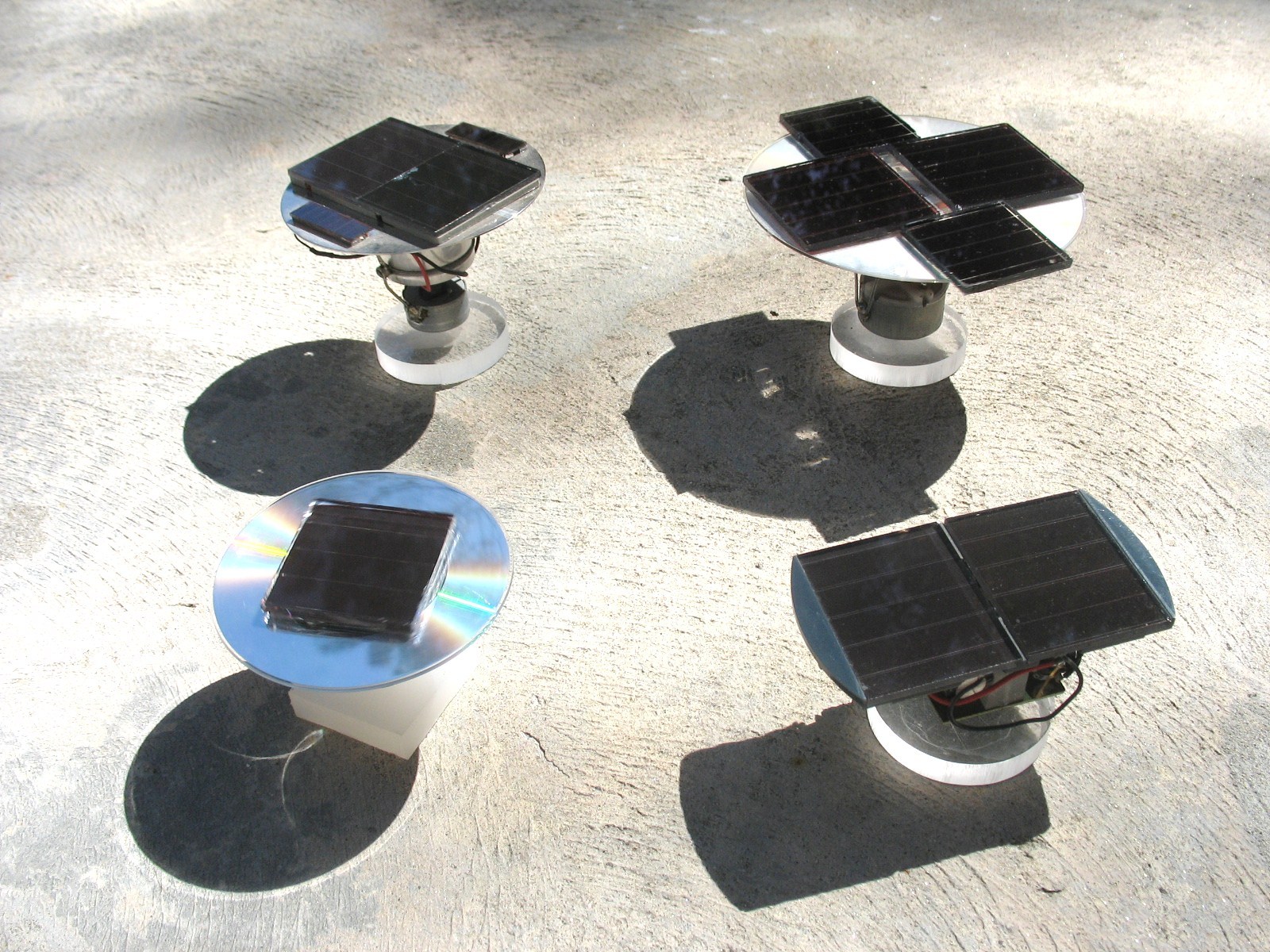This is an easy-to-build simple solar engine, also known as a Trimmet. We will construct a direct-drive type (as opposed to a voltage-triggered) spinner that will really go nowhere fast in direct sunlight. Perfect for windowsills and desktops that get a lot of old Sol’s rays. Many different styles are possible, but this is a straight-up basic spinner that never ceases to amuse.
Projects from Make: Magazine
Solar Spinners for Your Windowsill!
Viva la BEAM-bots! Build dynamically entertaining spinners for your sunny spots and be mesmerized for minutes on end.


